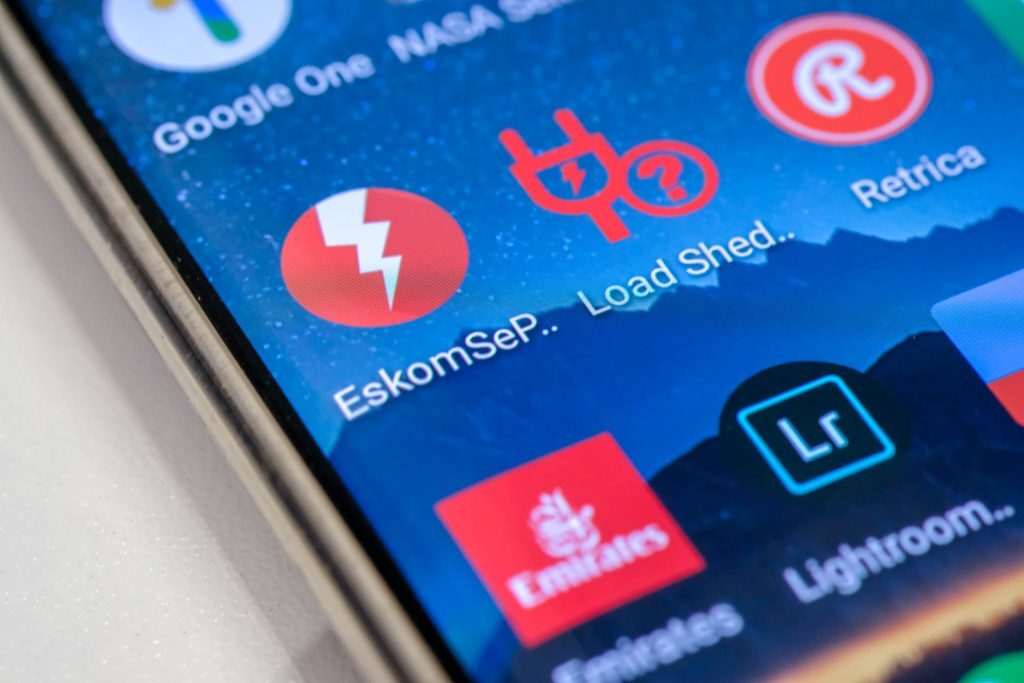You know how it goes — Eskom has started load shedding in South Africa again, which means that they still have not fixed the problem first brought to public attention in 2008. And, the way things are looking, it’s going to get worse before it gets any better. But you don’t have to take our word for it.
Group chief executive André de Ruyter sat down today with the Free Market Foundation to have a chat about the current state of the state-owned power utility. Here’s what you need to know about the conversation.
Come on, Eskom
You’re probably, like us, concerned about what load shedding will look like in the months and years to come. And, sadly, it’s going to be years. De Ruyter explained that the state utility has embarked on its Reliability Maintenance Recovery Program — basically, the forced maintenance that needs to be undertaken to catch up on the work that has been neglected over the years.
This program will bring with it an increased risk while it runs — and it’ll be running until at least 2024 — but as milestones are reached, the risk of load shedding should fall. André de Ruyter points out that this maintenance program won’t completely eliminate load shedding — South Africa’s going to have to build more capacity for that to happen.
It’s a date
The first tranche of maintenance, begun in South Africa in September 2020, should be complete by April 2021. This will lead to a drop in the risk of load shedding, while the second section of repairs — due to complete in September 2021 — while bringing that risk down a little further.
The Medupi and Kusile plants are also due to finish coming online, which should help with the constant up and down of your electricity. Medupi currently has five generating units online, with the last one — Unit 1 — expected to be up in the second quarter of 2021. Kusile has two generating units online, with Unit 3 coming online by July this year. Units 4 through 6 will be up and running by 2024 — but de Ruyter said that, as new generating units come online, some others will be decommissioned. The beleaguered power plants will not fix South Africa’s power woes.
Basically? There’s improvement on the horizon, but not elimination. In order for that to take place, a change has to take place in how South Africa generates its power. More capacity and better transmission are needed — and perhaps there’s room for a more diverse set of power suppliers in South Africa. De Ruyter doesn’t come right out and say it, but South Africa could take advice from other countries currently diversifying and decentralising their power grids. Sadly, we’ve still got a way to go along that road, de Ruyter says. Part of that involves shifting away of coal, something Eskom is currently doing. Slowly.
Not enough detail for you? Want to know more about how Eskom’s going to change in terms of pricing/funding? You can check out the whole Free Market Foundation podcast with de Ruyter for yourself. Just follow the yellow-brick link, or click ‘play’ on the YouTube video above.




